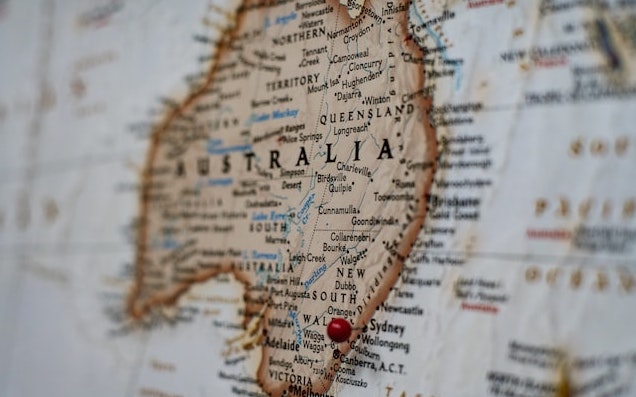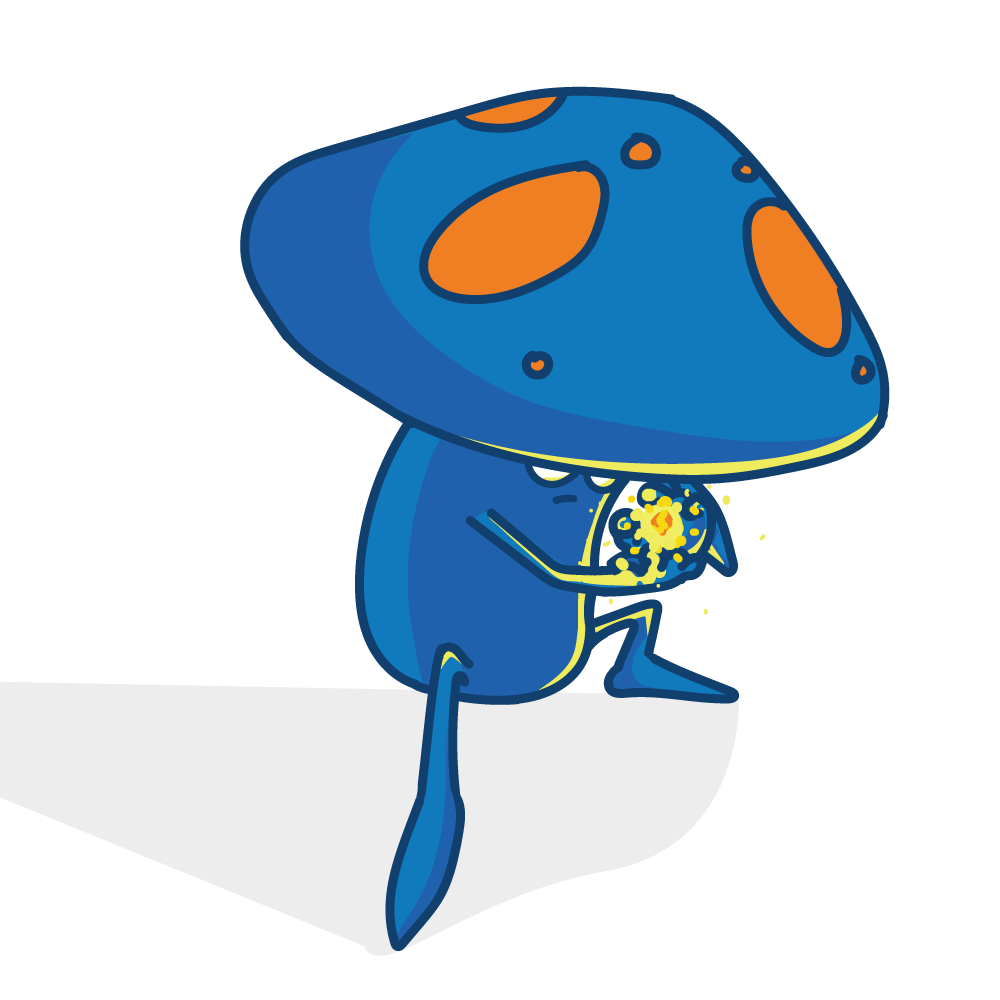Australia’s Therapeutic Goods Administration (TGA — the governmental body responsible for medicine regulation) announced on February 3rd that in less than 5 months, authorized psychiatrists will be able to prescribe psilocybin for treatment resistant depression, and MDMA for the treatment of post-traumatic stress disorder (PTSD). However, the TGA has yet to approve any actual medicines that contain psilocybin or MDMA. So, initially patients will receive medicines that do contain the substances but are, as of yet, “unapproved”.

Australia Takes the World by Surprise
The announcement came as a happy surprise. For it was only at the end of December 2021 that the TGA, decided against down-scheduling the substances for medical use. Simon Ruffell, a senior research fellow at the Psychae Institute at the University of Melbourne and psychiatrist, was certainly taken off guard, stating;
“When I woke up, my email was completely flooded with people saying: ‘Have you heard what’s happened? ’ I was shocked by the decision.”

However, before advocates and campaigners get carried away celebrating, experts warn that there are still many unanswered questions around how this will actually manifest. How many people will be actually able to access these treatments when they become available? And is there a plan for how to roll out these treatments as effectively and safely as possible?
Change Will Be Gradual
Daniel Perkins, an adjunct associate professor at the Centre for Mental Health at Swinburne University and a senior research fellow at the University of Melbourne, thinks it won’t be an overnight change;
“I think it will take a while to ramp up… Let it gradually open up to see what works well and what does not….They’ve probably intentionally done it this way.”
As a new discipline, the road to a psychiatrist becoming qualified to prescribe these medicines could be complicated and lengthy. Those who wish to will first have to be approved by Australia’s Authorised Prescriber Scheme. This means being endorsed first by a human research ethics committee and then by the TGA.
How to Train Psychedelic Psychiatrists?
To achieve this, they’ll need to prove the clinical justification of the treatment regime. As well as that they have suitable measures in place to protect patients. They must also show they hold proper governance over the treatment process. However, the TGA has not yet drawn a picture of what these measures may actually be in practice. Neither have they yet provided details in regards to what minimum qualifications and training standards psychiatrists will need to become authorized to prescribe these medications.

Therefore, currently, it remains ambiguous exactly how these treatments will be prescribed. Considering the importance of combining therapy with both psilocybin and MDMA when treating mental health conditions, knowing the hows, whys, and whens is key. Therapy is likely to be an obligatory practice in conjunction with prescription of the substances. This means the training of psychiatrists to know when prescription is appropriate is vital. It is a process far more complicated than simply popping a pill.
Wisdom Should be Learned from Indigenous Practitioners
Additionally, it is not just any psychiatrist or psychologist who would be able to administer these kinds of therapies safely. In the established psychedelic practices of Indigenous communities people spend between 5 and 10 years in training to work with, and understand, these substances. Simon Ruffell explains;
“I think that a grave error would be to think that psychiatric and psychological qualifications are transferable to psychedelic substances without additional training.”

A Question of Access to Psilocybin
Another stumbling block is likely to be the cost. The psilocybin and MDMA treatments will not be covered by health insurance so unfortunately, as Daniel Perkins says;
“…it’s probably initially going to be a therapy for relatively well-off people who have these conditions,”
There is also a question of balancing the excitement at the possibilities for patients this change offers with some careful caution. Simon Ruffell explains;
“We haven’t even looked at any longer term data yet…The longest data that we have is 12 months. We don’t really know what happens later down the line.”
However, as Daniel Perkins states;
“…the benefit, particularly for the treatment-resistant conditions that they’re talking about—PTSD and depression—could be really huge,”
An Exciting Psychedelic Future Ahead
So while it is likely that a balance will eventually be found down the line, many people are still a little shell shocked that it was Australia that took the plunge first. The rumblings of change in the U.S. have been going on for seemingly much longer. In fact at the beginning of this year Oregon became the first U.S. state to allow adults to use psilocybin “under the supervision of a state-certified facilitator.” However, the substance remains categorized as an unapproved investigational drug in the U.S. at time of writing.
It’s predicted that in 2024 the US Food and Drug Administration (FDA) will approve MDMA for the treatment of PTSD. Currently, Switzerland allows a limited selection of psychiatrists to use MDMA and LSD to assist psychotherapy.
How this development unfolds in Australia is likely to impact if and how other countries decide to follow suit and offer these substances for therapeutic purposes too. It’s a big deal.
“I think the eyes of the world will be watching Australia now,” says Ruffell.






